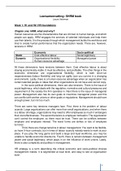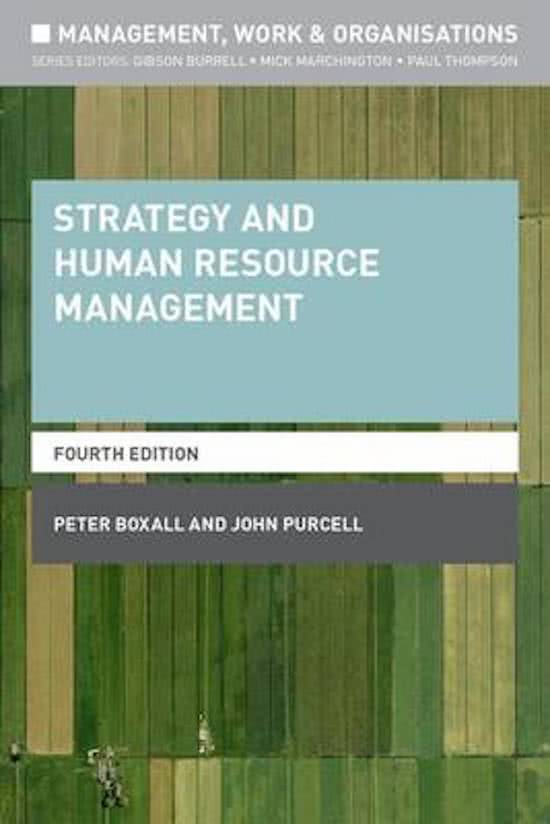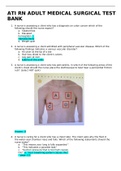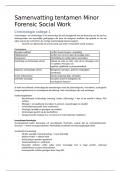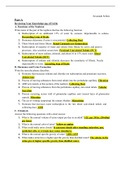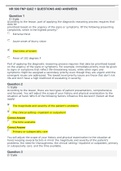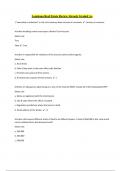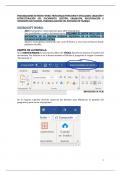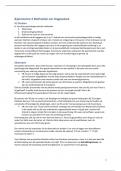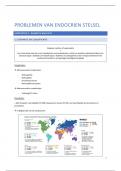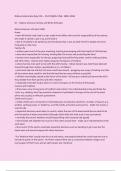Samenvatting
Samenvatting boek Boxall en Purcell SHRM
- Vak
- Strategisch HRM
- Instelling
- Erasmus Universiteit Rotterdam (EUR)
Het boek van Boxall en Purcell zijn de hoofdstukken 1 t/m 4, 7, 9, en 12 samengevat. Dit waren alle hoofdstukken die leerstof waren van dit boek in het lesjaar . De samenvatting is in het Engels.
[Meer zien]
